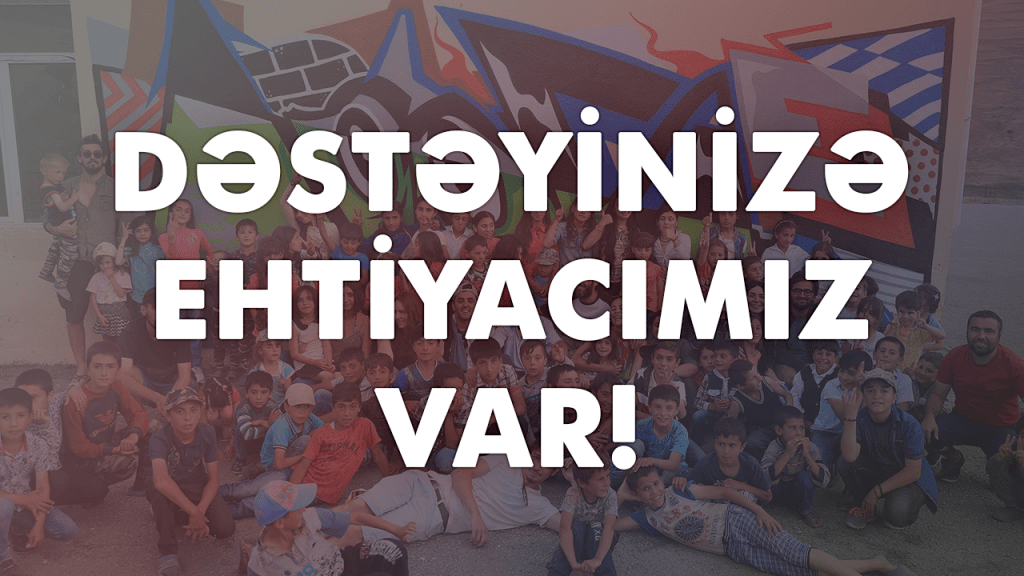Sadig beg Afshar

Sadig beg Afshar (known in west as Sadiqi Beg) was born in 1533 to Afshar tribe in Tabriz. Despite being a soldier as a part of family tradition, he aspired to be poet and illustrator as well. However, he lost his father in his 20s, started the life of a wandering dervish and traveled to various cities. In the words of Iskander Munshi (1560-1632) he lived with “Turkic customs and habits of Qizilbash”, he was distinguished for his bravery, courage and arrogance. According to Iskander beg, he chose Sadiqi (sincerity) as his literary pseudonym due to the eloquence and the patriotic gift.
In his early 30s, he started to paint and began to study under master of arts – Muzaffar Ali (a nephew of famous painter Kamal al-din Bihzad). Eight years of education was not in vain, for he was summoned to Qazwin to serve palace. He already took part in illustrating Gershaspnameh by Asadi Tusi by 1573.
However, he was forced to flee capital during corrupted reign of half-blind shah Muhammad Khudabanda and anarchy following his assassination. He left for Gilan, then Mazandaran only to find himself in verge of another war. Despite being an artist, according to Iskander beg, he distinguished himself in the battles with the Turkmens at Astrabad, where he displayed “reckless courage.”
Chaos came to an end with accession of Shah Abbas and he was suddenly appointed as head of Safavid royal library from 1588. He held this title for next 10 years. Under his leadership, at least one large manuscript – “Shahname” by Ferdowsi (now in Chester Beatty Library, Dublin) was illustrated. The creation of this manuscript is dated to the 1590s and Sadig beg is known to be author of three miniatures in it.
In addition to this royal order, Sadig Beg illustrated the manuscript “Anwar-i-Sukheili” (Canopus Constellation) of the poet Kashifi at his own expense, all 107 of its pages were painted with his hands. In 1596-7, the artist was removed from the post of “kitabdar”. The leadership of Royal Library was entrusted to another court servant, talented but self-interested calligrapher Ali Reza Tebrizi (Abbasi), favored by Shah.
The last years of his life he was devoted to literary creation, leaving several different works, among which, in the first place, mention should be made of the treatise in the verses “Qanun-as-Suwar” (Canons of Painting). In the 206 verses, the experienced artist described all possible ways of preparing paints, brushes, and other subtleties associated with the production of miniatures, and also expressed his thoughts on art: “Without art, there is no life.”
A Muse Holding a Scroll
A Muse Holding a Scroll portrays a Southern European style imposing woman in long, flowing robes standing in front of a large plinth and glancing to the right. Over her right shoulder, a delicately shaded city scape is visible among rolling hills, with trees whose branches reach to the ground – the castle gates, little houses and a sanctury on mountain is clearly visible. The work is his last-known composition, and it includes an important inscription:
“In the abode of governance, Isfahan, 1018, the work of Sadig Beg, the librarian.”
He lived a long life – 77 years. Also wrote a divan in Persian and 22 ghazals in Azerbaijani. He appears to speak Chagatai language as well.



![DP231289[1]](https://i0.wp.com/varyox.az/wp-content/uploads/2018/06/DP2312891-e1529496655705.jpg?fit=1480%2C2180&ssl=1)




